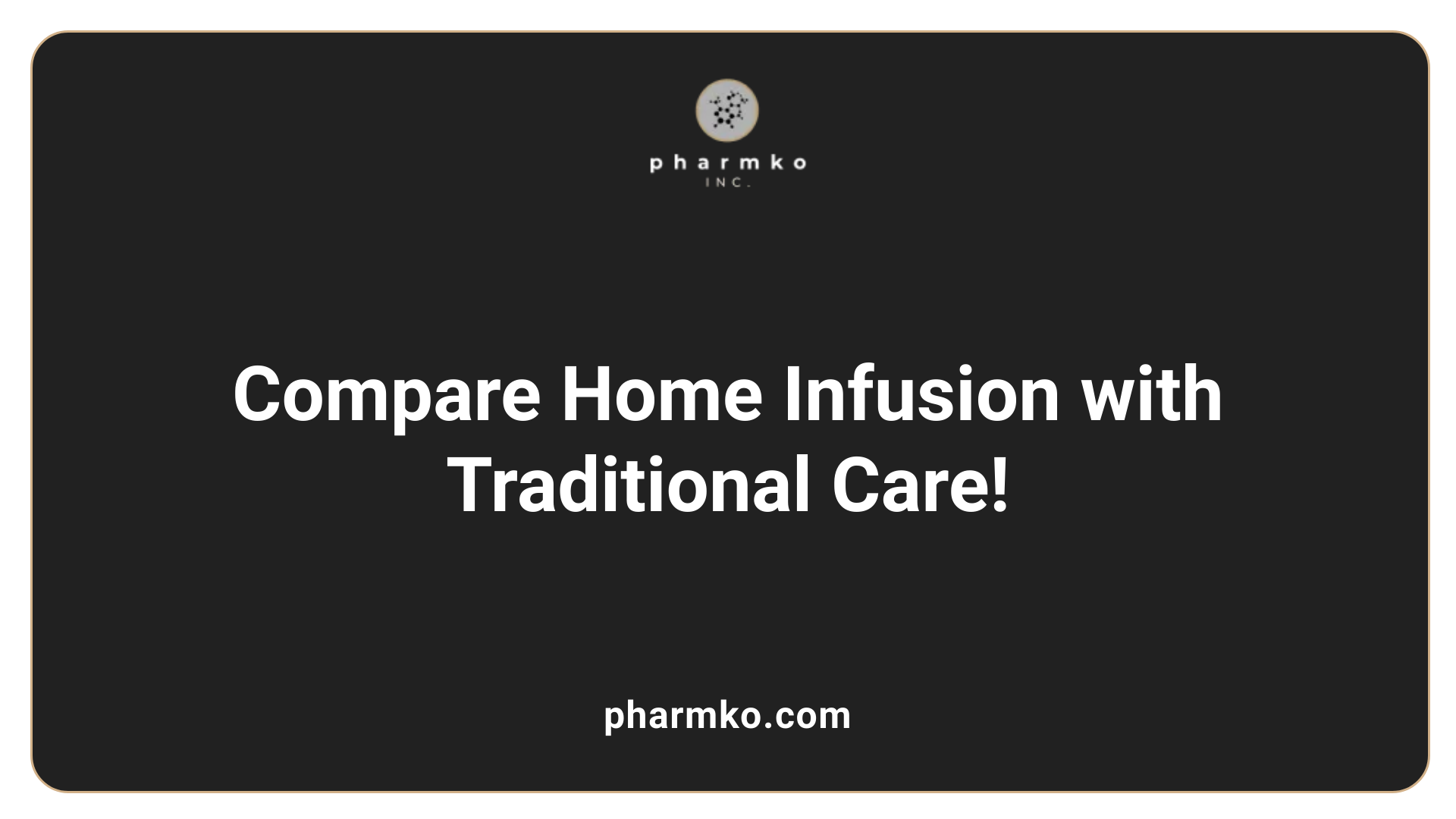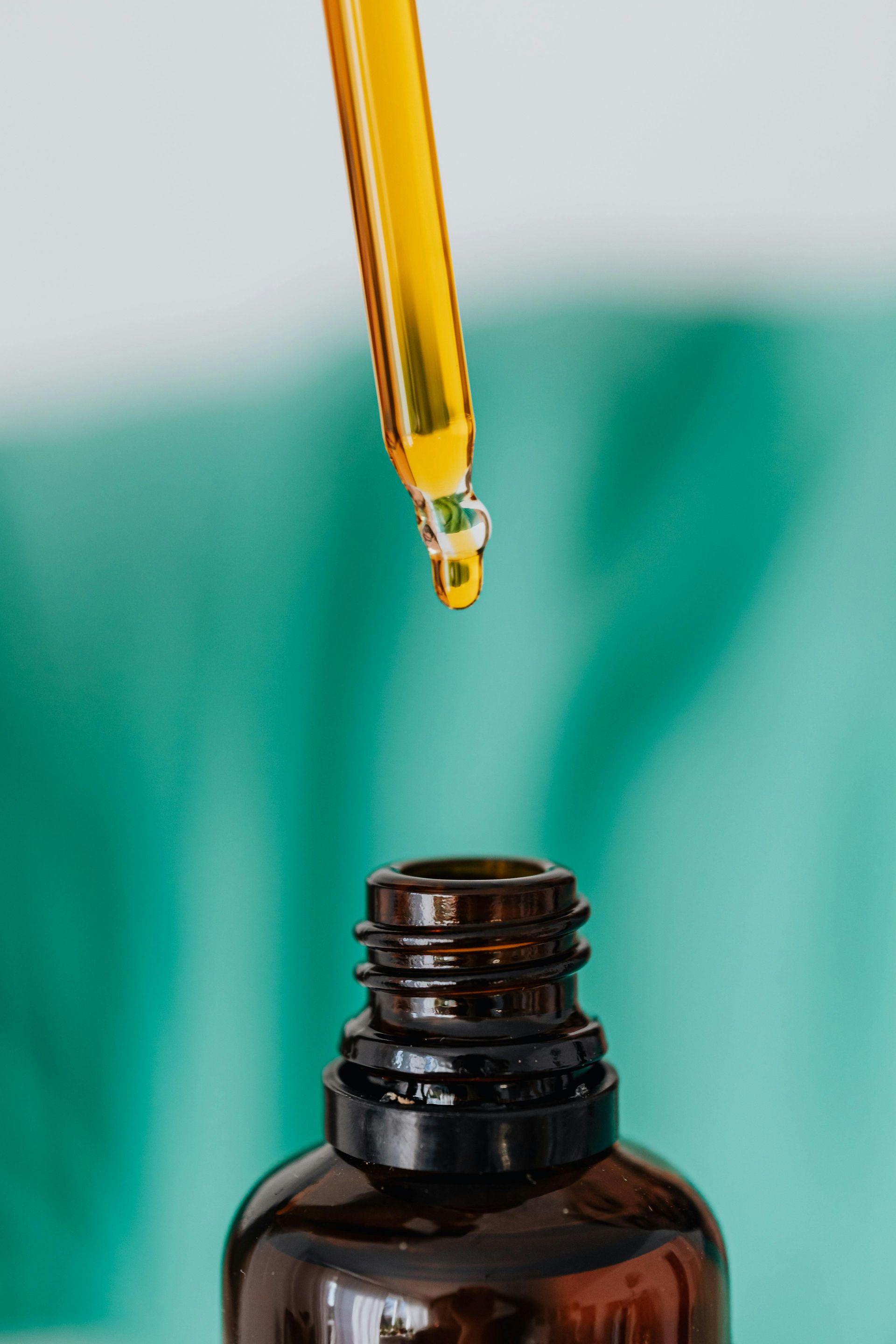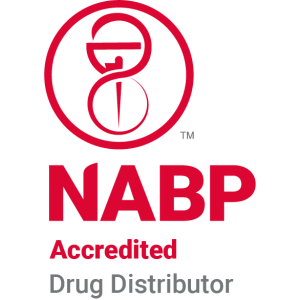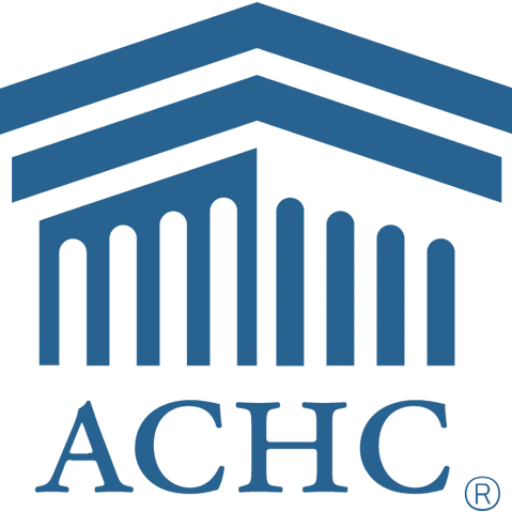Home infusion for clinical outcomes
Elevating Healthcare Beyond Hospital Walls
Home infusion therapy is rapidly gaining traction as an effective and patient-centric alternative to traditional hospital-based infusion therapies. By allowing patients to receive necessary treatments in the comfort of their own homes, this approach not only enhances clinical outcomes but also significantly improves the quality of life for millions. As healthcare continues to evolve with a focus on patient satisfaction and cost-efficiencies, understanding the full scope and benefits of home infusion therapy becomes paramount. This narrative delves into the workings, benefits, risks, and guidelines of home infusion therapy, offering a comprehensive look at how it shapes modern clinical care.
Understanding Home Infusion Therapy

What is home infusion therapy and how does it work?
Home infusion therapy is a medical procedure enabling patients to receive intravenous or subcutaneous medications while at home. This therapy encompasses the administration of various drugs, including antimicrobials and total parenteral nutrition, along with necessary equipment such as pumps, intravenous tubing, and catheters.
Nursing services play a crucial role in this process, as they provide essential patient education and ensure the safe delivery of medications. This patient-centered care approach allows individuals to continue their normal activities while receiving necessary treatments, significantly contributing to an enhanced quality of life.
Medicare supports home infusion therapy with a dedicated benefit that covers the professional services required for drug administration, which includes training, educational support, and continuous remote monitoring of patient outcomes.
Role of healthcare services in home therapy
Healthcare services encompassing home infusion require coordination among various stakeholders, including patients, physicians, nursing services, and health plans. This collaboration is vital for optimizing clinical outcomes in home settings.
This therapy model benefits from a range of specialized healthcare entities, such as community pharmacies and home health agencies, ensuring patients receive personalized care suitable for their specific medical needs.
Recent legislation, like the Preserving Patient Access to Home Infusion Act, highlights the growing recognition of home infusion's role in reducing healthcare costs while simultaneously increasing operational efficiency and patient convenience.
| Aspect | Details | Impact |
|---|---|---|
| Administration | Intravenous or subcutaneous medications at home | Patient comfort and independence |
| Healthcare Services | Nursing support for patient education and safety | Improved adherence and outcomes |
| Medicare Benefit | Coverage for professional administration and monitoring | Expanded access to therapy |
| Legislative Support | Acts promoting home infusion convenience and cost-effectiveness | Increased patient satisfaction |
Medications and Treatments in Home Infusion

What are the most common medications used in home infusion therapy?
Home infusion therapy utilizes a variety of medications tailored to individual patient needs. Commonly prescribed drugs include:
- Antibiotics: Such as Cefepime and Ciprofloxacin, used for treating severe infections that are resistant to standard oral antibiotics.
- Antifungals and Antivirals: Employed for managing infections caused by fungi or viruses.
- Chemotherapy agents: Essential for cancer patients requiring consistent treatment without frequent hospital visits.
- Pain management drugs: Including those for palliative care, helping manage chronic pain efficiently.
- Parenteral nutrition solutions: Vital for patients unable to meet their nutritional needs through oral intake due to gastrointestinal disorders.
These medications address a range of health issues, such as infections, dehydration, gastrointestinal diseases, and immune disorders like Crohn's disease and rheumatoid arthritis. This approach not only ensures that patients receive vital treatment but also allows them to maintain their daily routines, ultimately enhancing their quality of life. According to the National Home Infusion Foundation, they provide a comprehensive Home Infusion Drug List that highlights safe medications for home use.
Conditions suited for home infusion therapy
Home infusion therapy is ideally suited for various medical conditions, including:
- Infectious diseases: Requiring intravenous antibiotic therapy.
- Chronic illnesses: Such as immune deficiencies necessitating frequent infusions.
- Cancer: Patients undergoing chemotherapy who benefit from less time spent in clinical settings.
- Nutritional deficiencies: Conditions demanding parenteral nutrition, critical for patients unable to consume food orally.
This therapy serves as a personalized approach, meeting the specific medical requirements of patients while fostering independence and convenience during treatment.
Weighing the Benefits and Risks

Advantages of Home Infusion
Home infusion therapy provides numerous benefits that enhance patient care and overall well-being. One of the primary advantages is the convenience of receiving treatments in the comfort of one’s home. This not only allows patients to maintain their normal routines but also reduces the need for frequent hospital visits which can be time-consuming and physically draining.
Patients report improved physical and mental well-being attributed to this reduced disruption in their daily lives. Moreover, a comparative analysis shows that clinical outcomes for patients receiving home infusion are often as good or superior to those treated in medical facilities. For instance, patients with hemophilia enjoy a 40% reduced likelihood of hospitalization for bleeding complications when treated at home.
From a financial perspective, home infusion is also cost-effective. Patients can save between $1,928 and $2,974 per treatment course compared to hospital-based care, easing the financial burden on both individuals and healthcare systems.
Potential Risks Associated with Home Infusion
While home infusion therapy presents considerable benefits, there are some associated risks that patients must be aware of. Maintaining a clean home environment is crucial to prevent infections, as any lapse can lead to significant health complications.
Patients and caregivers also require adequate training to effectively administer treatments and monitor for potential side effects, emphasizing the importance of ongoing support from healthcare professionals. Additionally, individuals with unstable medical conditions or those who need more complex treatments might not be suitable candidates for home infusion therapy.
Ultimately, successful home infusion relies on a well-coordinated effort, including nursing services for training and monitoring, to maximize patient safety and treatment efficacy.
Comparative Analysis with Traditional Settings

How does the effectiveness and cost of home infusion therapy compare to traditional medical setting infusions?
Home infusion therapy presents a compelling alternative to traditional medical settings by being both cost-effective and clinically effective. Patients experience significant savings of between $1,928 and $2,974 per treatment course when opting for home infusion. This reduces the financial burden on patients while maintaining high standards of care.
In terms of clinical effectiveness, studies demonstrate that patients receiving home infusion report equivalent or even better outcomes compared to those treated in hospitals. For instance, hemophilia patients experienced a 40% lower likelihood of hospitalization for bleeding complications when treated at home. Notably, home infusion therapy has been shown to have no higher rates of adverse drug events , matching the safety profiles of traditional settings.
What do patient satisfaction levels look like with home infusion compared to hospital settings?
Patient satisfaction is significantly higher among those receiving infusions at home. Many individuals report improved physical and mental well-being , which stems from the lesser disruption to their daily lives and personal responsibilities. With home therapy, patients enjoy more autonomy and flexibility , allowing them to manage their treatment in a familiar environment.
In summary, while hospital infusions may provide access to specialized medical care for complex situations, home infusion therapy offers comparable safety, clinical effectiveness, and substantial cost savings. Thus, the selection between home and hospital-based infusions should ultimately align with the patient's unique health needs and personal circumstances.
Guidelines and Best Practices

What guidelines and best practices should be followed for administering home infusion therapy?
Administering home infusion therapy requires adherence to several important guidelines and best practices to ensure patient safety and effective treatment. A foundational aspect of this process involves thorough training and education for patients and caregivers. This should cover drug administration, recognizing possible adverse reactions, and the proper use of infusion equipment to minimize risks.
Coordination among healthcare providers is also critical for optimal care delivery. This includes collaboration among nurses, pharmacists, and physicians to ensure consistent monitoring and management of the patient's treatment plan.
Home infusion pharmacies must comply with all regulatory requirements and maintain comprehensive, clear documentation of patient care decisions and actions. Such measures not only enhance accountability but also support patient safety.
Additionally, implementing a patient-centered approach is essential. This means taking into account the patient’s clinical condition, home environment, and financial aspects of treatment. By considering these factors, healthcare teams can facilitate a successful transition from acute hospital care to home care. This personalized model can enhance treatment adherence and patient satisfaction, which are vital for achieving effective outcomes.
A Future Shaped by Home Infusion Therapy
Home infusion therapy exemplifies a significant shift in healthcare, emphasizing patient-centered care, cost savings, and improved clinical outcomes. As healthcare advances with technology and innovative practices, the role of home infusion therapy continues to grow. Its ability to deliver safe, effective treatment at reduced costs while enhancing patient quality of life and satisfaction underscores its importance in modern medical care. With ongoing improvements in guidelines and healthcare provider education, home infusion will likely become an integral part of chronic disease management and recovery, shaping better health outcomes for many patients worldwide.
References
- Home infusion: Safe, clinically effective, patient preferred, and cost ...
- Home infusion: Safe, clinically effective, patient preferred, and cost ...
- A Primer on Home Infusion Administration Methods - PMC
- Home infusion therapy | Home care providers | NHIA
- Home Infusion Therapy | Conditions & Treatments | UR Medicine
- Infusing Safety: Comparing Oncology Infusion Outcomes at Home ...
- Fairview Home Infusion Outcomes
- Patient-centric shift: Trends in home and specialty infusion













